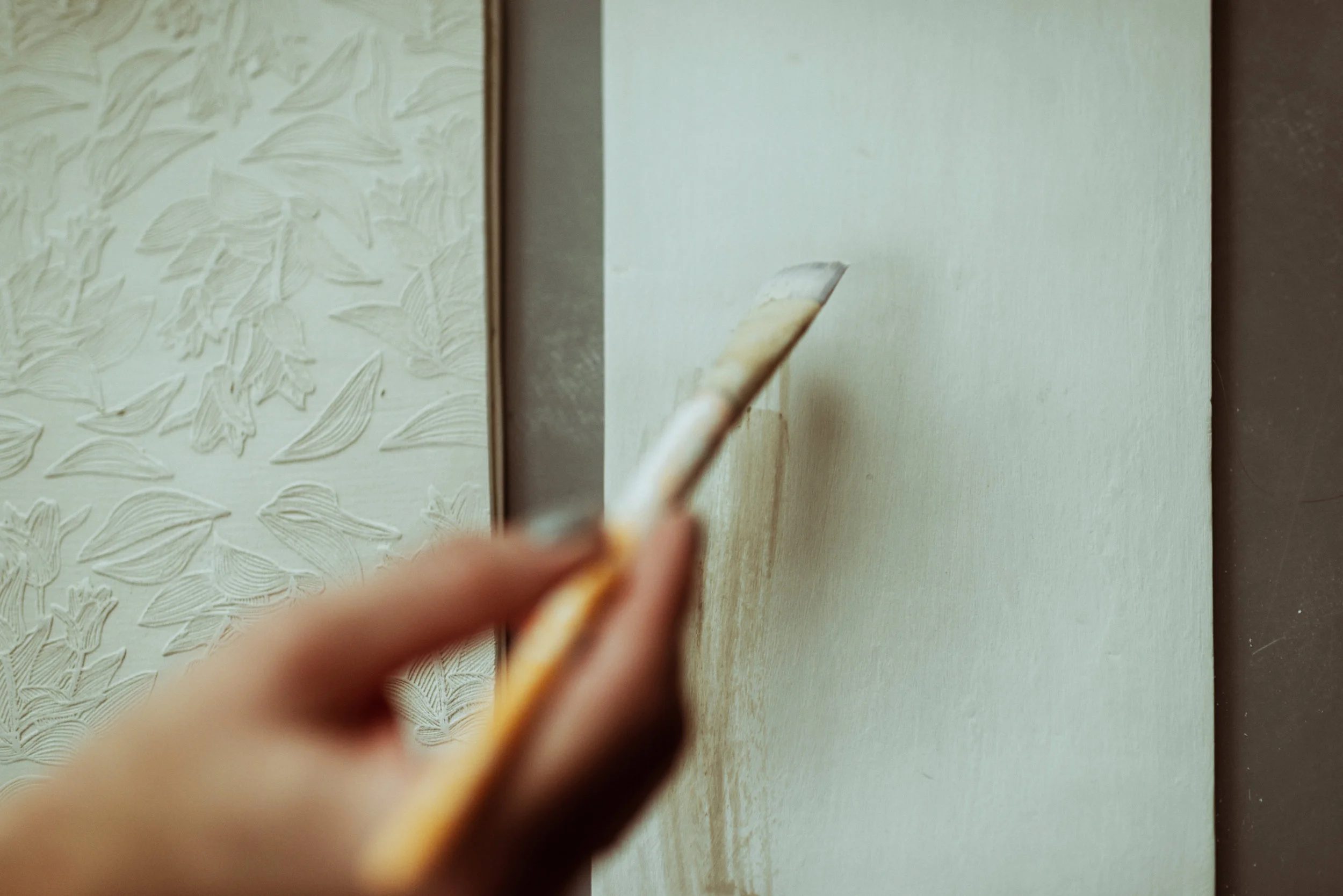A message from Innerspacism owner and founder, Olivia Henrie:
Creative vision is easy, execution... not so much.
We are living in a renaissance of great design — people are demanding a higher bar when it comes to products and experiences related to our dwellings, fashion, and overall lifestyle. I’m often inspired by the pureness of modern clean lines and fine details. I especially resonate with the richness and soul that can be found in vintage goods and architecture.
As an artist and stylist, I’ve found myself fully immersed in long, all-day searches only to find myself at a dead end. Occasionally I’d get lucky and find what I was looking for. But even then it wouldn’t entirely resemble my vision. And it would cost many times my budget.
How do you achieve your creative vision on a budget?
If you can’t find what you are looking for — design it and find someone to make it. Or better yet, learn to make it yourself. I find great satisfaction and appreciation in being a maker. Filling your home with things you’ve made with your own hands creates intimacy and warmth that grows organically when shared with others.
I started making furniture and home goods for myself using welded metal, kiln-fired clay, and thoughtfully milled wood. Each of my processes parallels one another by beginning with a basic design, taking classes, and practicing the desired craft. Once a prototype begins to emerge, I will test designs in my home, shop, and anywhere else I can.
Some lessons I’ve learned along the way...
1. Tenacity is more than just persistence
Failure is part of the process, trying again is the barrier to entry, learning from your previous attempts is how you make progress. With more practice comes consistency, be patient, and look for incremental progress.
2. Don’t Itemize, see the big picture
Many artists, makers, and designers fall into the trap of needing to make their current project their magnum opus, and forget to move on when the individual piece has run its course. Learn when to be done (hint: it’s sooner than you think.) Learn from your mistakes, don’t try to fix them. Balance reality with dreams. Don’t get carried away with the little things. Take a step back and don’t lose sight of what really matters.
3. Practice Good Design
What are your design principles? I recently saw a documentary at the city library about one of my favorite industrial designers, Dieter Rams. I wonder what he would think of the state of design in 2019? In his time, he was concerned with the impact his designs would have on the lives and homes of his users. In order to avoid, what he called, “an impenetrable confusion of forms, colors, and noises”, Dieter outlined his principles for good design. These ten principles were penned fifty years ago, and are just as true today.
Good design is innovative
Good design makes a product useful
Good design is aesthetic
Good design makes a product understandable
Good design is unobtrusive
Good design is honest
Good design is long-lasting
Good design is thorough down to the last detail
Good design is environmentally-friendly
Good design is as little design as possible
I get by with a little help from my friends.
Design at its core is a purely human-centered pursuit. It requires a great deal of vulnerability to share your imperfect designs with others, but that’s the only way to improve and validate your concepts. Find others with whom you can feel safe to collaborate openly and honestly. Surround yourself with people that will give you honest and compassionate feedback. Learn to better communicate your vision, even though it can be frustrating at times. All feedback is worth hearing, not all of it is worth internalizing. Shrug off the critics and haters.
I want to see what you’re working on. I want to show you what I’m working on. Maybe we can collaborate together.
Until next time,
– Olivia

